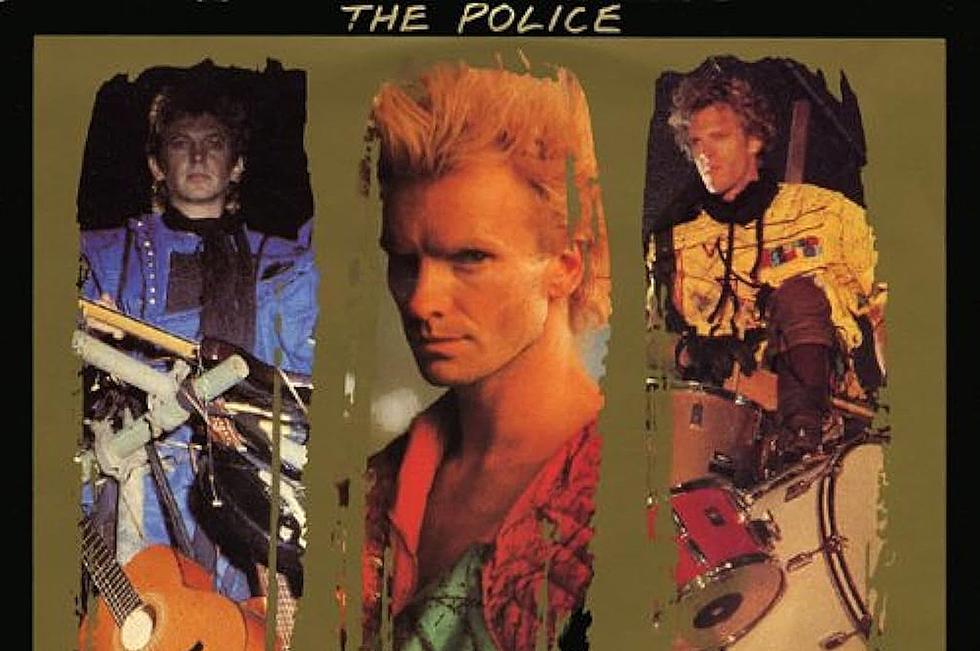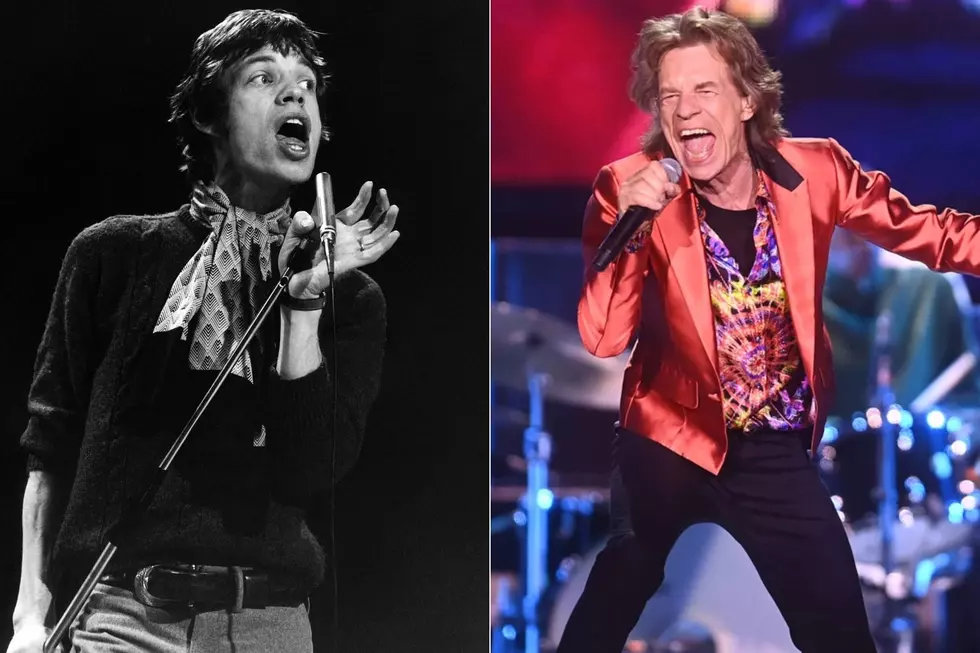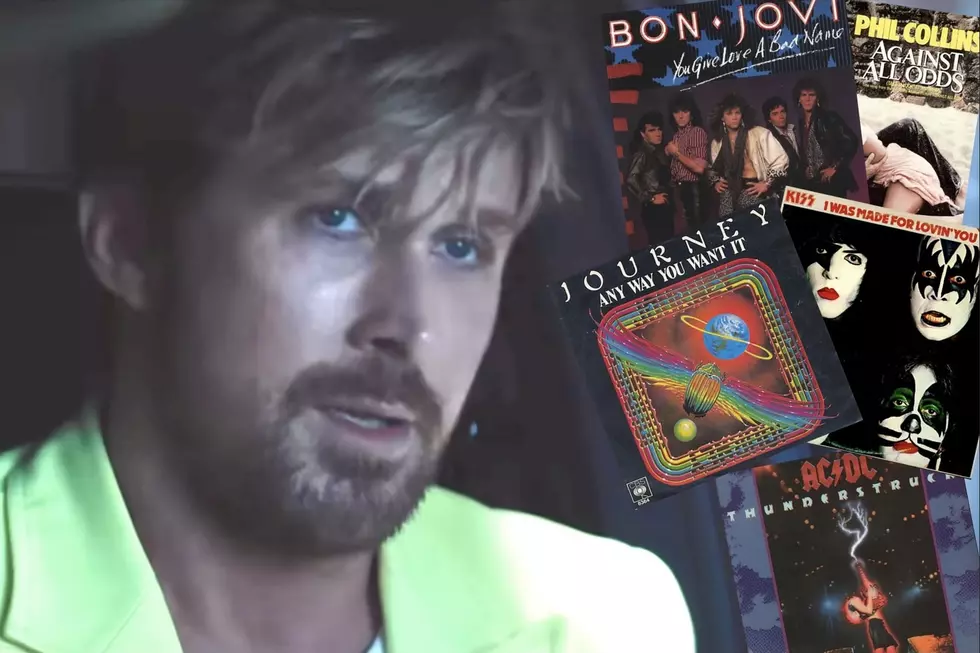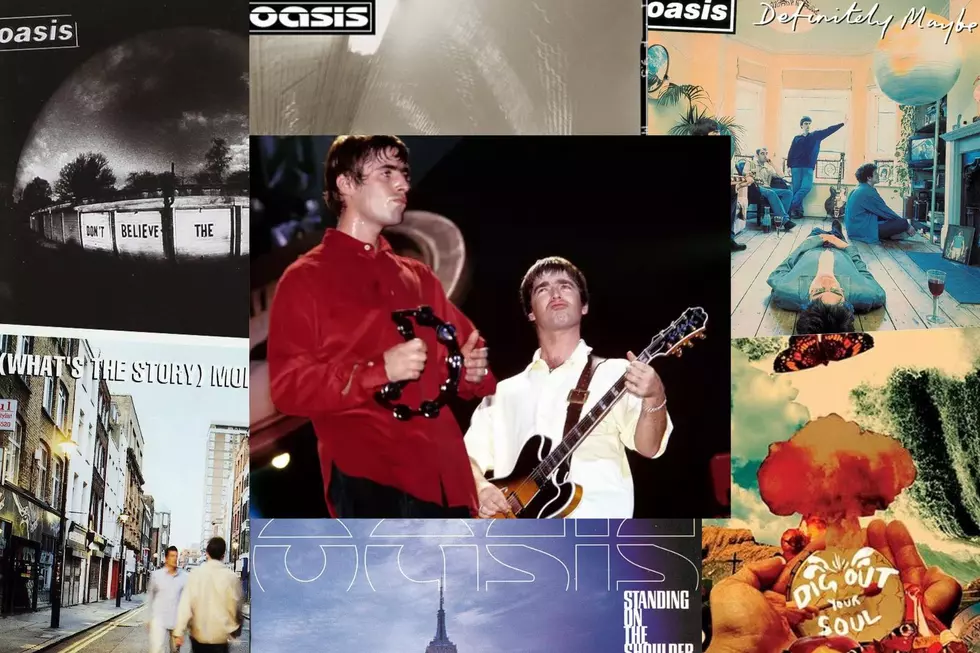
40 Years Ago: The Police Get Psychoanalytic on ‘Synchronicity II’
In the early '80s, Sting was not at home in Britain.
He was at GoldenEye, home of James Bond author Ian Fleming, on the northern coast of Jamaica. Other guests of GoldenEye over the years included Bono, Harrison Ford, Grace Jones, Princess Margaret and more.
"Britain had gone to war with Argentina over the Falklands," Sting wrote in his 2007 book, Lyrics. "Young men were dying in the freezing waters of the South Atlantic, while I was gazing at the sunspots on the clifftop overlooking the Caribbean."
Here — literally sitting at the same desk at which Fleming had conjured up Bond — Sting wrote not just one but several Police classics, including "Synchronicity II," a song about the psychological concept first developed by Carl Jung.
Jung defined his theory in slightly different ways over the course of his career, but in his own words, he described synchronicity as "a meaningful coincidence of two or more events where something other than the probability of chance is involved." For example, you overhear some strangers in public speaking about something that pertains to your own life, or you're thinking of a friend you haven't spoken to in a while when suddenly they call.
READ MORE: The Police's 'Synchronicity' at 40: The Story Behind Every Song
When Sting decided to put this concept into a song, he didn't opt for a mundane scenario like those.
"Jung believed there was a large pattern to life, that it wasn't just chaos," Sting explained to Time in 1983. "Our song 'Synchronicity II' is about two parallel events that aren't connected logically or causally, but symbolically."
Sting tried further explaining it in The Police: A Visual Documentary: "There's a domestic situation where there's a man who's on the edge of paranoia, and as his paranoia increases a monster takes shape in a Scottish lake, the monster being a symbol of the man's anxiety. That's a synchronistic situation."
Watch the Police's 'Synchronicity II' Video
How Sting Learned of Carl Jung
It was Police guitarist Andy Summers who introduced Sting to Jung's work, which eventually became the title of their fifth and final album together.
"Nobody understood what 'synchronicity' meant. I mean, it was pretty daring to call an album Synchronicity at that point," Summers told UCR in 2023. "Yeah, we could have just called it, I don't know, some obvious thing. But it was a bit of a high-flown title for the public [at] that time. But the song 'Synchronicity II' is a really, really well-structured pop song. I play it to this day, I enjoy it. It's a fun one to play."
Drummer Stewart Copeland wasn't nearly as impressed by the psychological aspect of the song. "I went to college and learned all this Jungian shit. It's just Psych 101. It had no mystique for me at all," he told Revolver in 2000. "If I wear a red tie and you happen to [be] wearing a red tie, it isn't a coincidence, it's because we have this bond that goes beneath the outer surface. Something we can't even measure, but it's there. And that's Psych 101."
'Synchronicity II' Gave the Police One of Their Final Hits
When released as the third single from Synchronicity on Oct. 21, 1983, "Synchronicity II" went to No. 17 in the U.K and No. 16 in the U.S., marking one of their final hits. Decades after its release, Sting still considered psychological analysis something of a deep calling.
"I don't want to be a pop star all my life. I'd quite like to be a balding, rotund, Jungian analyst between 40 and 50," he told The Guardian in 2013. "But I'm happy. And anyway, I don't think I'd get anything like as much money as a Jungian analyst."
40 Awesome Police 'Synchronicity' Collectibles
Gallery Credit: Matt Wardlaw
More From Ultimate Classic Rock









